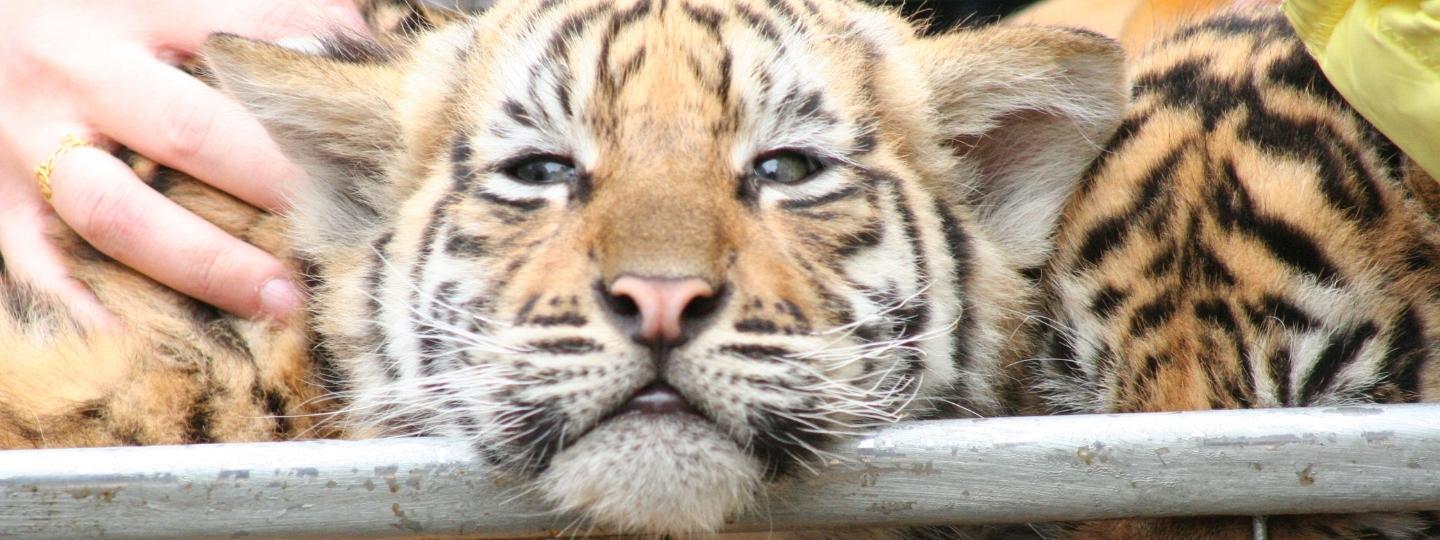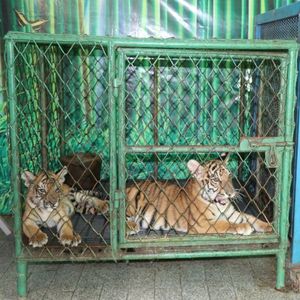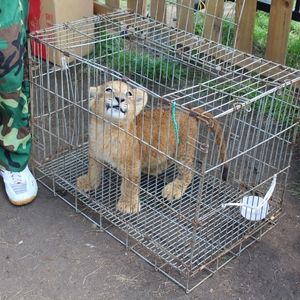
Wildlife tourism
The dark reality of wildlife tourism
Across Asia, a growing number of tourist attractions promise unforgettable encounters with wild animals.
Bathing with an elephant or cuddling a monkey can seem harmless, even magical – but for the animals involved, it can mean a lifetime of suffering.
What’s wrong with animals in tourism?
Wildlife tourism is a multi-billion-dollar industry built on animal exploitation. Many cognitively, emotionally and socially complex species such as elephants, bears and primates are torn from the wild or bred in captivity, then subjected to brutal training, inadequate care and constant stress.
Many tourists think there’s nothing wrong with riding an elephant – they’re large and strong. Or they assume a tiger cub posing for a photo is content, like a domestic kitten.
But what they don’t see is the suffering that’s taken place before they arrived and that continues long after they’ve left.




How animals suffer
Wild animals are violently torn from their mothers in the wild to be sold into wildlife tourism. Many cubs are declawed or drugged to make them docile. Elephants can be subjected to brutal ‘breaking’ rituals to make them safe to be around.
Handlers often claim their animals participate willingly. But the truth is, compliance is often gained through fear, pain and punishment.




Long-term effects
In many wildlife tourism facilities, animals suffer physically and emotionally:
- Broken bodies: Giving rides can lead to arthritis and foot injuries
- Distressed minds: Captive wild animals often show signs of psychological trauma – like pacing, rocking and self-harm
- Fear-based training: Bull hooks, whips and other tools are often used to force obedience
- Isolation and neglect: Many live alone in small, barren cages with no stimulation, companionship or choice




What Animals Asia is doing
From ending elephant riding tourism to transforming animal care, find out how we're changing captive wild animals' lives across Asia.
See how we're creating a kinder future for wild animals
What you can do
Every travel choice we make matters. By avoiding attractions that exploit animals, tourists can help change the industry.
Find out how to make animal-friendly choices when travelling
